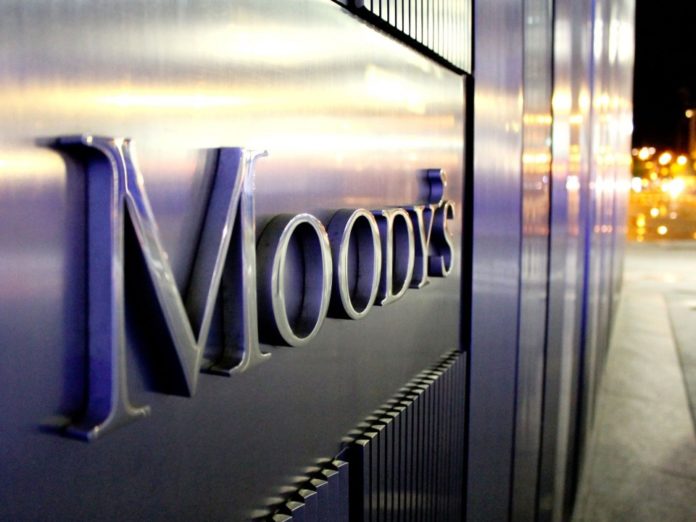By Staff Reporter
ISLAMABAD: Rating agency Moody’s on Tuesday downgraded the long-term deposit ratings of five Pakistani banks to Caa1 from B3.
Moody’s took rating action on Allied Bank Limited (ABL), Habib Bank Ltd. (HBL), MCB Bank Limited (MCB), National Bank of Pakistan (NBP) and United Bank Ltd. (UBL).
The rating agency has also downgraded these banks’ long-term foreign currency Counterparty Risk Ratings (CRRs) to Caa1 from B3.
“As part of the same rating action, Moody’s lowered the Baseline Credit Assessments (BCAs) of ABL, MCB and UBL to Caa1 from B3, and as a result also downgraded their local-currency long-term CRRs to B3 from B2 and their long-term Counterparty Risk Assessments to B3(cr) from B2(cr),” it said in a statement. “The BCAs of NBP and HBL were affirmed at Caa1.”
The outlook on all banks’ deposit ratings remains negative.
The recent rating actions follow Moody’s decision to downgrade the Pakistan’s issuer and senior unsecured debt ratings to Caa1 from B3, and maintain a negative outlook.
Moody’s said the rating actions reflect the government of Pakistan’s reduced capacity to support the banks, which has affected the banks whose ratings benefit from government support.
“The high credit linkages between the banks’ balance sheets and sovereign credit risk, which constrains the banks’ Baseline Credit Assessments at the level of the Caa1 rated government; and the lowering of Pakistan’s foreign currency ceiling to Caa1, which has affected the foreign currency CRRs of all rated banks.”
According to the rating agency, the negative outlook on the bank ratings primarily reflects the rated banks’ very large holding of sovereign debt securities, at between 7-14 times their Tier 1 capital, which will continue to link their creditworthiness to that of the government, whose ratings are on negative outlook.
“The negative outlook also captures increased vulnerabilities on the banks’ financial metrics and standalone credit profile that stem from Pakistan’s challenging macro-economic and operating conditions; the latter could also lead Moody’s to reassess its macro profile for Pakistan, which currently stands at “Very Weak +”, it added.
“More specifically, Moody’s has lowered Pakistan’s real GDP growth to 0-1 percent for fiscal 2023 (the year ending in June 2023), while increased government liquidity and external vulnerability risks and higher debt sustainability risks suggest that the government will continue to rely on the banks, hence the credit interlinkages between the sovereign and the banks will only deepen.”
Copyright © 2021 Independent Pakistan | All rights reserved




